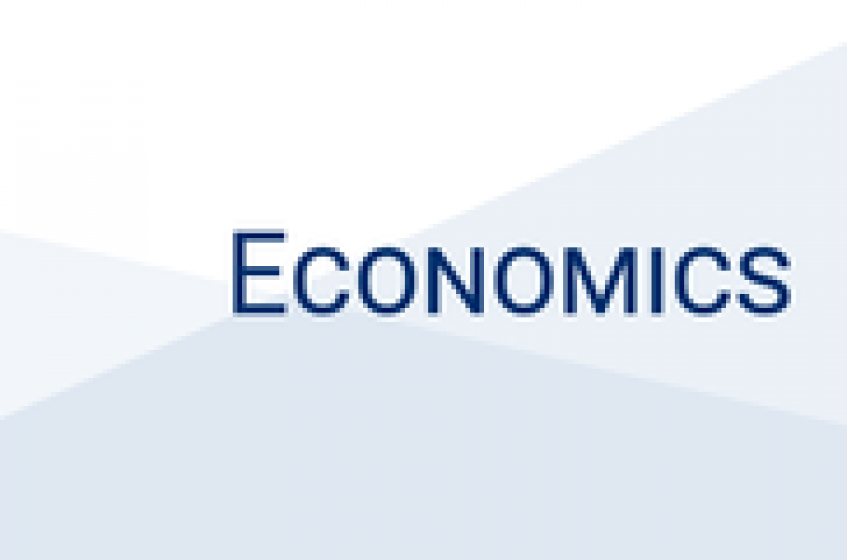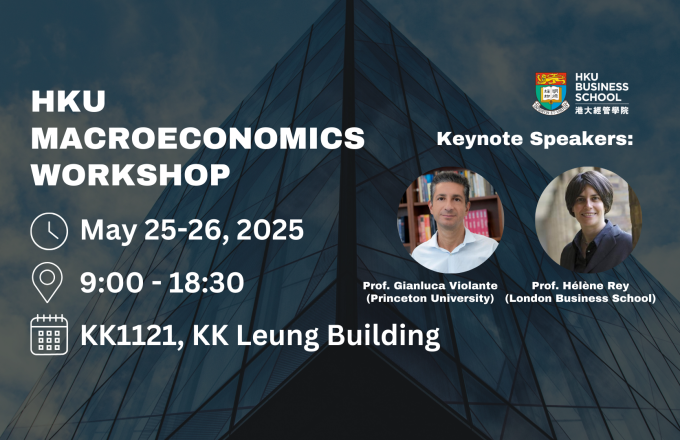
“Government Expenditure on the Public Education System” by Prof. Chao Fu
Chao Fu
University of Wisconsin-Madison
Some policy proposals have been made to make public colleges free. We evaluate such counterfactual policies by developing and estimating an equilibrium model that takes into account 1) human capital production is a cumulative process and 2) government has a resource constraint. In the model, the government cares about a weighted average of household welfare and may also care about aggregate educational attainment. It makes decisions on income tax rates, per-student expenditure levels on public K-12 and college education, college tuition and the provision of other public goods, subject to a budget constraint. Taking as given the government's decision, households make dynamic choices of educational investment in their children. Realizing that equilibrium outcomes vary with its decisions, the government chooses the policy that maximizes its objective. We estimate the model using U.S. data. Using the estimated model, we evaluate equilibrium impacts of the free public college policy on state government fi nance, household decisions, the distribution of student outcomes and welfare.







